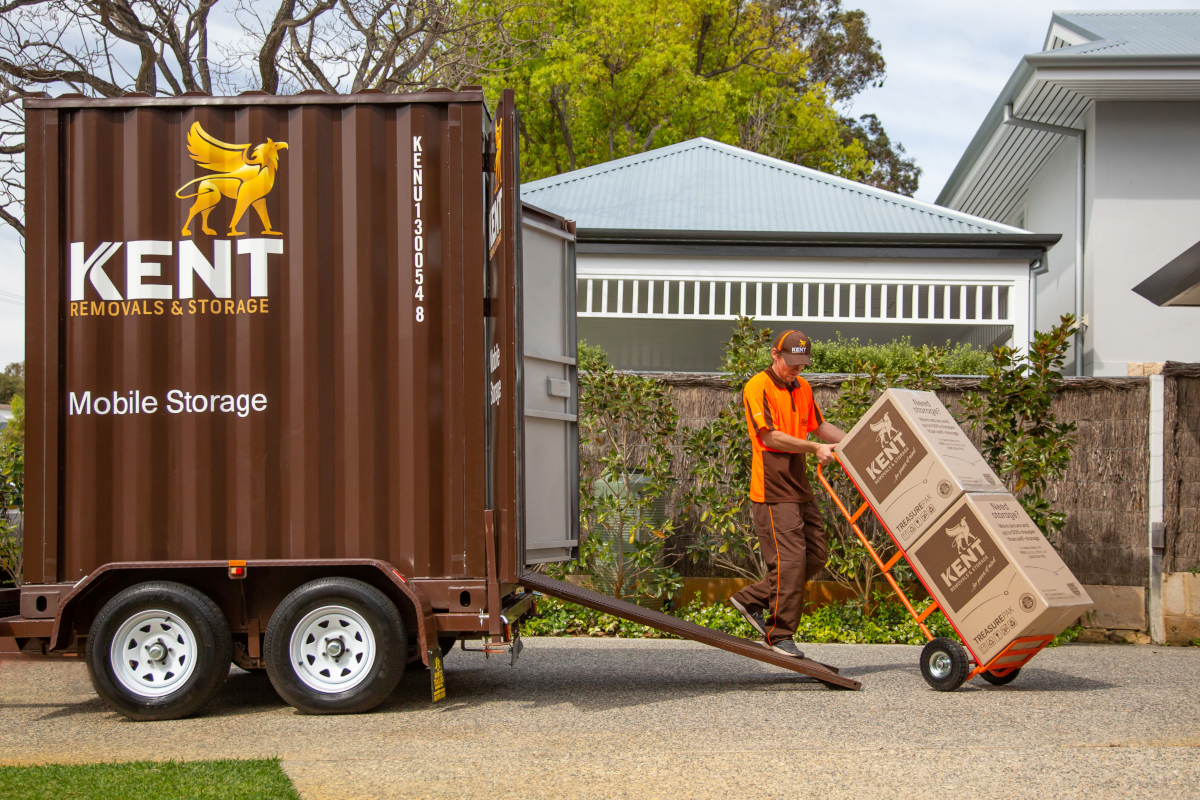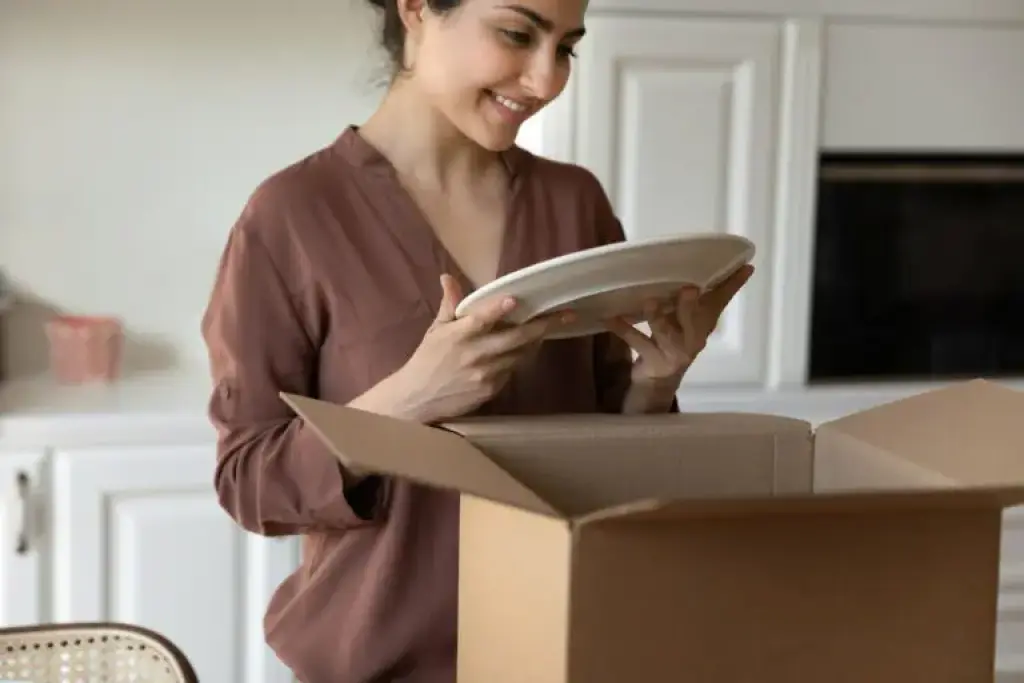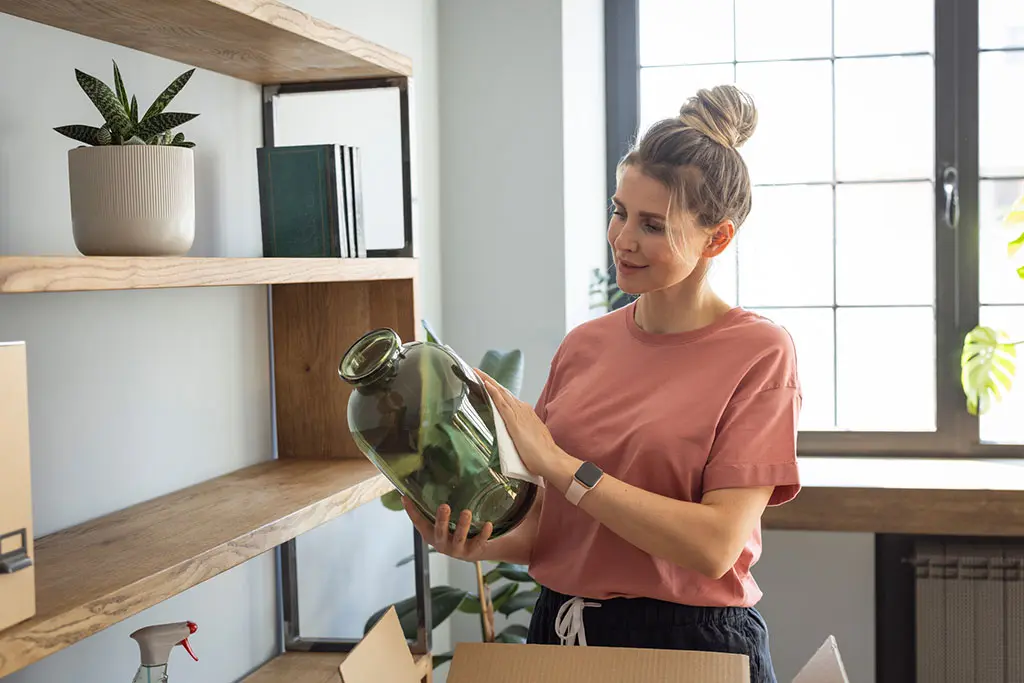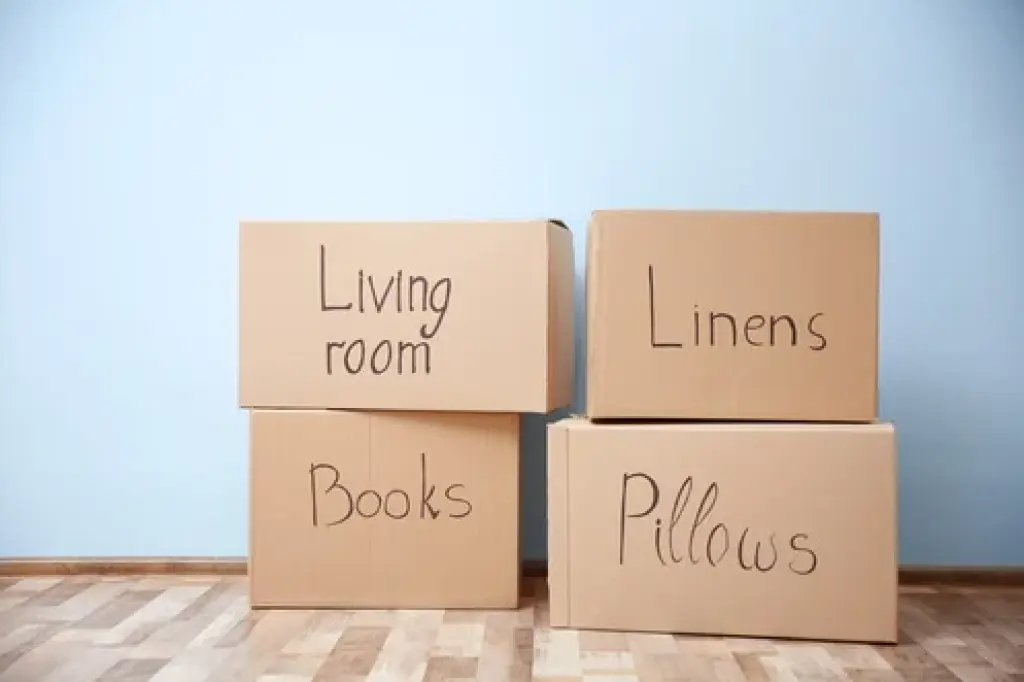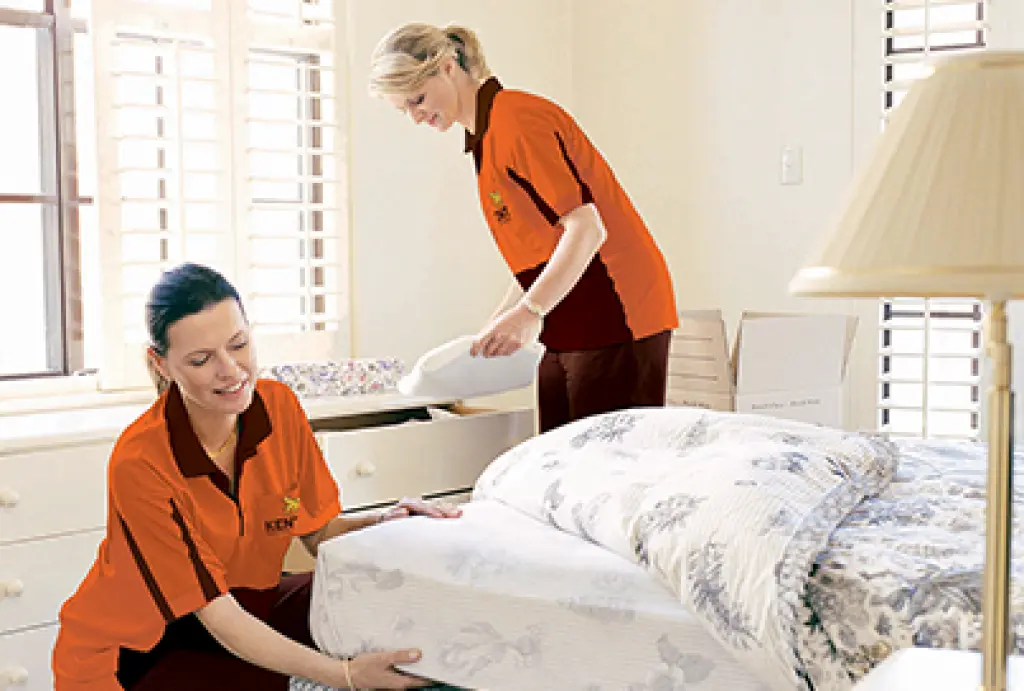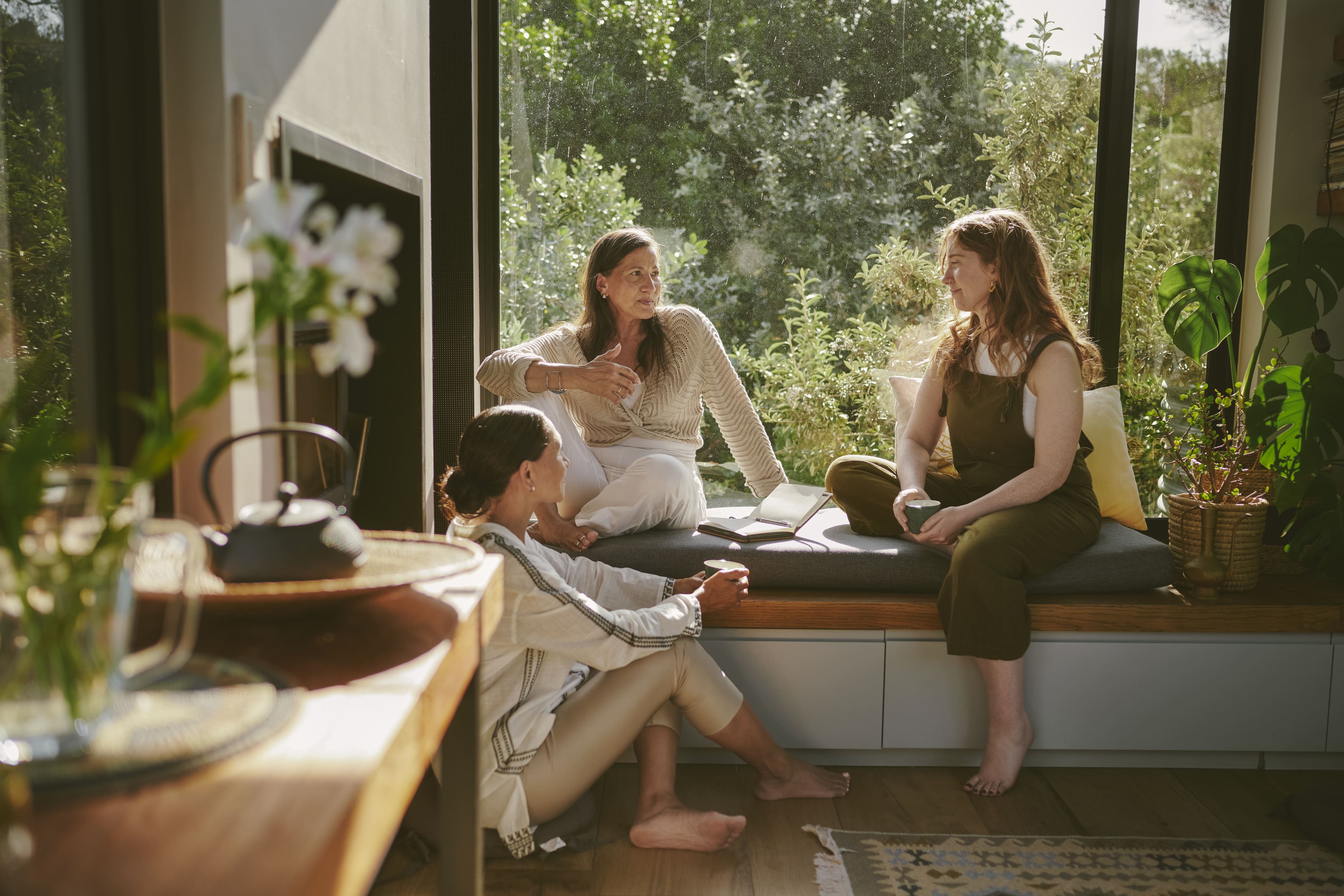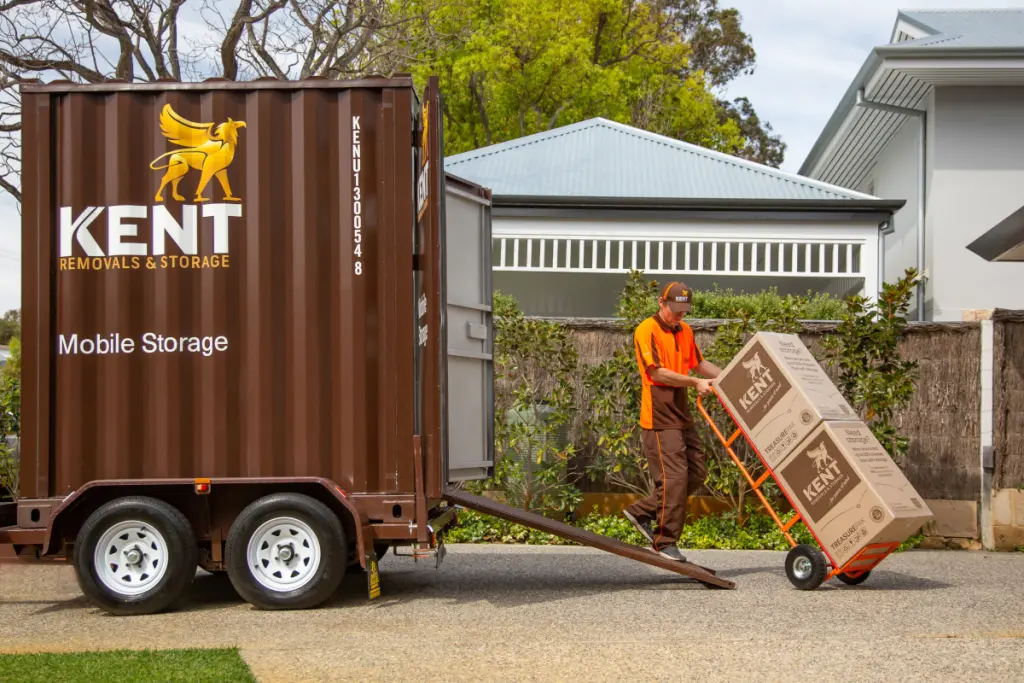Step 1: Invest in New, Double-Corrugated Moving Boxes
When it comes to understanding how to pack a moving box, the first rule is: never use old, second-hand, recycled packing boxes. While they may seem to be in good condition, they can never provide your treasures with the security they need. With specially designed, double-corrugated moving boxes, there is much less risk of the box breaking or giving way—you should be able to rely on them throughout the entirety of your move.
Plus, many professional removals companies stock a range of moving boxes specifically-designed to protect all the most common household items. For instance, Kent’s Guardian Packing System includes:
Fashion-Pak (a mobile wardrobe) to keep your valuable clothes wrinkle-free
Flexi Art-Pak to protect your framed pictures
Readers-Pak with a lightweight but solid construction, this is just the right size for books, ensuring minimal weight and maximum use of space.
Electronics-Pak with a unique solid structure designed specifically to protect audio equipment during your move
LCD Plasma-Pak to protect your LCD, plasma or widescreen TV while in transit or secure storage
Treasure-Pak to help protect your most delicate crystal, fine china and fragile items.
How Many Boxes Do I Need to Move?
A common question when purchasing moving boxes is, ‘How many boxes do I need to move?’. It is difficult to provide a definitive answer to this question as there are many variables that need to be considered. It will depend upon the size of your home, the volume of your belongings, how many people are living in the house and many more. The best answer is to always buy more than you think you will need. Keep in mind that reputable removals companies will always offer refunds on unused moving boxes. So, you really have nothing to loose! There is nothing worse than having to rush off and source new moving boxes when you’re halfway through packing.
What are the Best Size Boxes for Moving?
The best size boxes for moving are highly dependent on the items that you need to pack. For instance:
For heavy books, you should select a small-to-medium size box (or one specifically designed for books, like our Readers-Pak). Once a small-to-medium size box is full of books, it will be quite heavy and difficult for one person to lift. If you try to fill a large moving box with books, it will be near impossible for one personal to lift, increasing the likelihood of injuries, as well as the box breaking and damaging its contents
For lighter items, such as doonas and pillows, you should select a large box. With this type of contents, a large box will still be easy for one person to lift and it will save you time packing and unpacking multiple boxes.
Step 2: Assemble the Material Required to Pack Your Moving Boxes Securely
Purchasing quality boxes is the first step, but when it comes to knowing how to pack boxes, you also need to buy quality materials to assist you in packing and securing the box. At a minimum, you will require:
Packing tape and tape dispenser
Bubble wrap
Scissors
Permanent markers
Box cutters
Packing paper: this should be white sheets of packing paper, like butcher’s paper. Never use old newspapers as the black ink can run and stain your household treasures.
As with your packing boxes, be sure to purchase more than enough of these items—you don’t want to delay the packing process by running out halfway through the job.
Step 3: Reinforce the Base of Your Moving Boxes
The best way to pack boxes begins with the base. After all, a moving box is only as secure as its base. So many people spend hours packing boxes, only to pick them up and have the bottom fall out, smashing their treasures all over the floor. Knowing how to pack a box relies on knowing how to reinforce its base. To properly reinforce the base of a box you need to:
Use plenty of packing tape to prevent any possible breakages
Place packing tape along the two flaps or edges that need to be sealed
Place packing tape along all corner edges of the box (even if they are already sealed)
Place a few strips of packing box across the entire base at a parallel and a perpendicular angle.
Step 4: Create a Soft, Interior Base in Your Moving Boxes
During transit, your valuables will move around. It is because of this movement that most breakages occur. To to protect against this, you should ensure each of your moving boxes has a soft base on which to place your household items. You can create this soft base by using layers of bubble wrap or packing paper to create a cushion. This cushion will also help prevent items falling out through the bottom of a broken packing box.
Step 5: Fill Your Moving Boxes, Placing the Heaviest Items at the Bottom
The best way to pack a box is to use your common sense. The heaviest items should always be placed at the bottom to create balance. If you place heavy items at the top, you increase the chances of it toppling over during storage, and crushing lighter items at the bottom. Creating a balanced box will also help make the process easier, ensuring that individual boxes are more comfortable to carry.
Step 6: Never Overfill Moving Boxes
Overfull boxes are a recipe for disaster. Firstly, they are dangerous to carry. They place far too much strain on both you and your removalists. Secondly, overfull boxes are more prone to breakage. One of our top packing boxes tips is that each box should still be able to be carried by one person—20kg is generally the heaviest a moving box should be. It is far safer (both for the health and wellbeing of you and your removalists, as well as the safety and security of your belongings) to move a lot of light boxes than to struggle moving a few heavy ones.
Step 7: Use Bubble Wrap and Packing Paper to Fill Excess Space
As mentioned in step four, the greatest danger to your valuables is movement during transit. To limit this movement, you should the best size boxes for moving: those that are similarly sized to the items you’re packing. But, regardless of how well you select and pack your moving boxes, there will always be excess space. To limit movement, always use bubble wrap or packing paper to fill empty space.
Step 8: Secure Your Moving Boxes at The Top, Using Plenty of Tape
Closing and securely taping your moving boxes at the top is just as important as carefully reinforcing the bottom. If you have to force the top flaps closed in any way, the box is too full. You will need to remove some items. The top flaps of the box should be easily-taped, with no pressure placed on the tape that secures the flaps.
Step 9: Clearly Label Your Moving Boxes
Each box should be clearly labelled according to the room in which it belongs, as well as its contents. For example, ‘Bathroom – Towels.’ If any of the contents are fragile, you should include the word ‘Fragile’ on all sides, as well as an arrow that demonstrates which way the box should rest.
Follow these easy packing boxes tips, and you’ll know how to pack moving boxes. Knowing the best way to pack boxes for moving will ensure that all your items and treasures arrive at your home in one piece.
